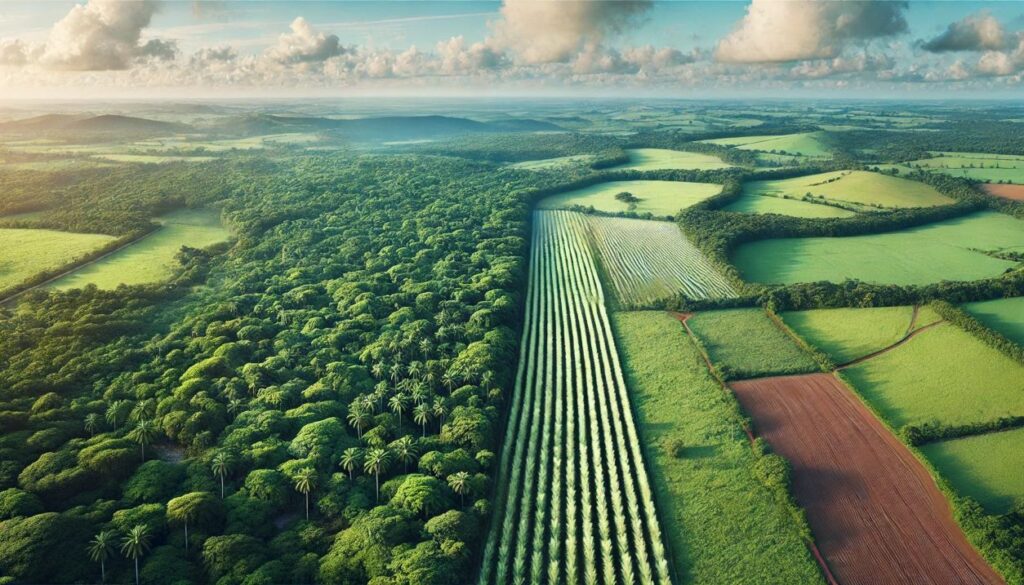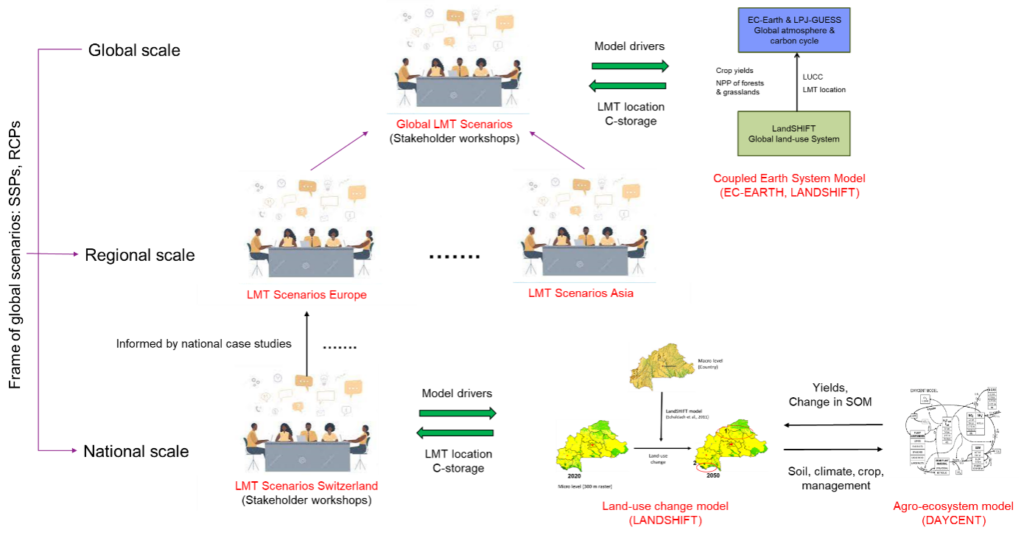How Earth System Models assess land-based carbon removal (AR, BECCS): carbon-cycle responses, and local climate side-effects; and how Integrated Assessment Models then asses socio-economic constraints that shape decision-ready deployment.
Earth System Models
The D4RUNOFF project aims to address the pressing challenges of urban water pollution exacerbated by urbanization and climate change. It seeks to enhance the detection and management of diffuse pollutants […]
The CLEARING HOUSE project aims to strengthen the role of urban forests and trees as nature-based solutions to address global environmental challenges. It seeks to integrate greenery into urban planning, […]
The SCORE project is a 10-million-euro initiative funded by the European Union, designed to enhance climate resilience in coastal regions facing escalating natural hazards. Its primary objectives include mitigating the […]
Coastal cities face escalating threats from climate change, where extreme weather events—from flash floods to heatwaves—disrupt daily life, damage infrastructure, and endanger public health. Addressing this urgency requires real-time, adaptive […]
The ICARIA project aims to improve our ability to manage climate change impacts on essential public infrastructure by developing advanced modelling tools. These tools are designed specifically to help decision-makers […]
Driven by four European pilot cities—Luxembourg, Thessaloniki, Valencia, and Karlsruhe—the CityCLIM project develops advanced climate services for urban areas. These services aim to help citizens and city administrations adapt to […]
This article gives an overview of the links between Earth System Models and Integrated Assessment Models (including the role of Simple Climate Models) that shape one of the main frameworks used for producing the data that feed IPCC assessments.
At LANDMARC, we are developing methods and instruments that non-researchers can use to reliably estimate how different land-use practices contribute to climate change mitigation. In our view, this can only be done by bringing in local knowledge at every stage of the research process. Here’s why.
Rather than trying to plant as many trees as possible, research coming out of the LANDMARC project suggests that it might be better to focus on planting fewer trees and managing them well, in a way that’s good for the underlying soil.
- 1
- 2



